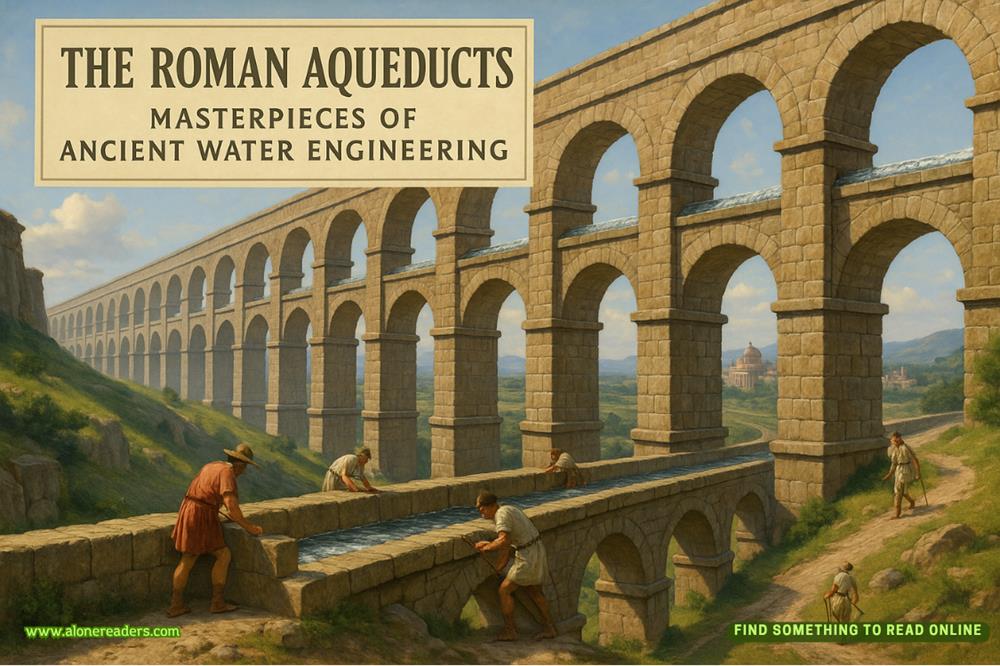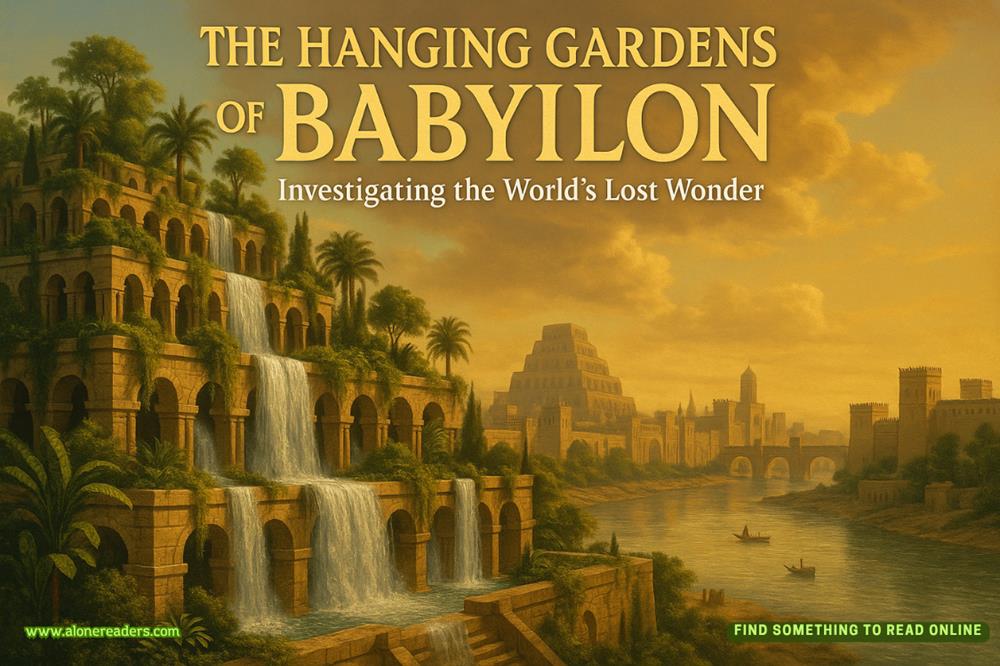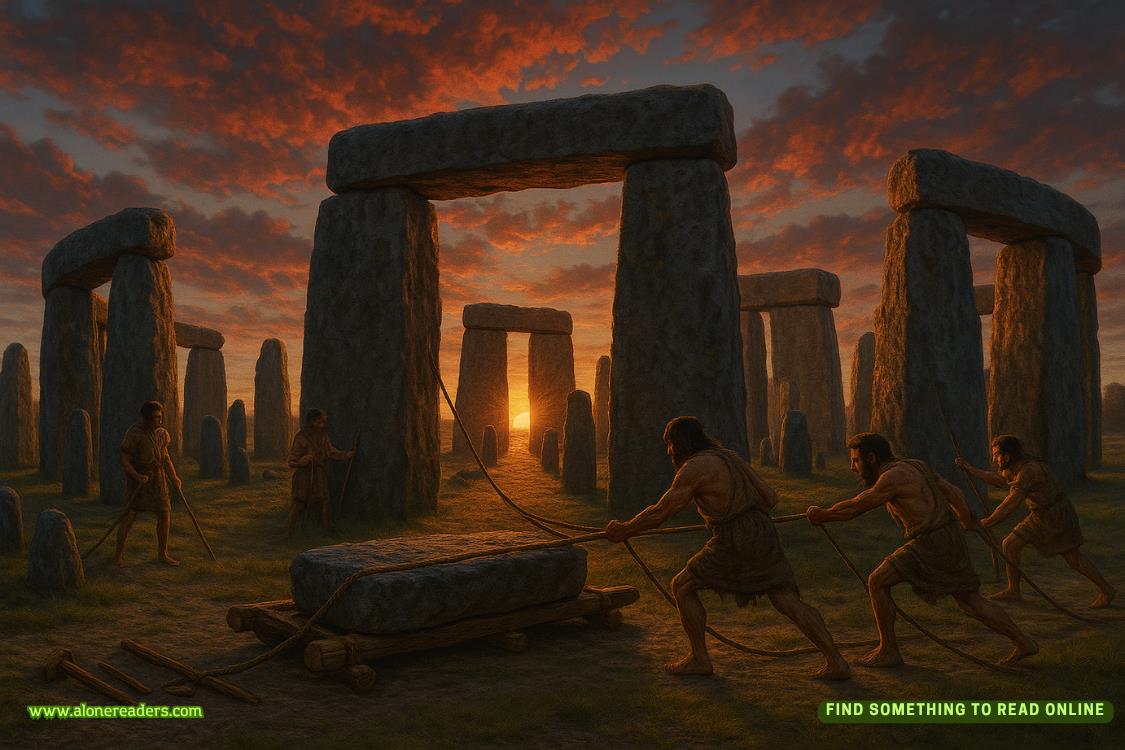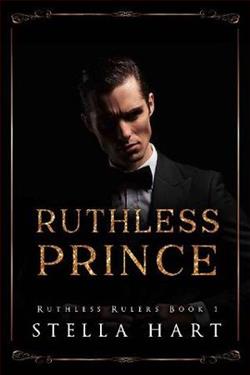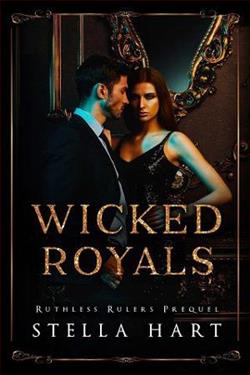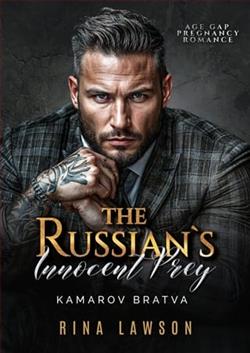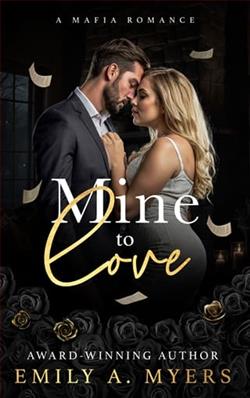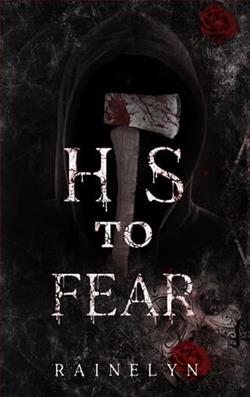Page 104 of O is for Outlaw (Kinsey Millhone 15)
The school librarian, Mrs. Calloway, was a sturdy-looking soul in a calf-length denim skirt and a pair of indestructible walking shoes. Her iron-gray hair was chopped off in a fuss-free style she'd probably worn for years. Close to retirement, she looked like a woman who'd favor muesli, yoga, liniments, SAVE THE WHALES bumper stickers, polar-bear swims, and lengthy bicycle tours of foreign countries. When I asked to see a copy of the '61 yearbook, she gave me a look but refrained from comment. She handed me the Bulldog and I took a seat at an empty table. She returned to her desk and busied herself, though I could tell she intended to keep an eye on me.
I spent a few minutes leafing through the Bulldog, looking at the black-and-white portraits of the senior class. I didn't check for Duncan's name. I simply absorbed the whole, trying to get a feel for the era, which predated mine by six years. The school had originally been all male, but it had turned coed somewhere along the way. Senior pictures showed the boys wearing coats and ties, their hair in brush cuts that emphasized their big ears and oddly shaped heads.
Many wore glasses with heavy black frames. The girls tended toward short hair and dark gray or black crewneck sweaters. Each wore a simple strand of pearls, probably a necklace provided by the photographer for uniformity. By 1967, the year I graduated, the hairstyles were bouffant, as stiffly lacquered as wigs, with flipped ends sticking out. The boys had all turned into Elvis Presley clones. Here, in candid class photos, most students wore penny loafers and white crew socks, and the girls were decked out in straight or pleated skirts that hit them at the knee.
I breezed by the Good News Club, the Speech Club, the Art Club, the Pep Club, and the Chess Club. In views of classes devoted to industrial arts, home ec, and world science, students were clumped together pointing at wall maps or gathered around the teacher's desk, smiling and pretending to look interested. The teachers all appeared to be fifty-five and as dull as dust.
At Thanksgiving of that year, the fall of 1960, the annual Male-Manual game was played. Male High was victorious by a score of 0-6. "MALE BEATS MANUAL 0 To 6, CLINCHES CITY & AAA CROWNS," the article said. "A neat, well-deserved licking of the duPont Manual Rams." Co-captains were Walter Morris and Joe Blankenship. The rivalry between the two high schools had been long and fierce, beginning in 1893 and doubtless continuing to the present. At that time, the record showed 9 wins for Male, 19 for Manual, and 5 games tied. At the bottom of the page, in the accompanying photograph of the Manual offense, I found a halfback named Quintero, weighing 160.
I went back to the first page and started through again. Duncan Oaks showed up in a number of photographs, dark-haired and handsome. He'd been elected vice president, prom king, and class photographer. His name and face seemed to crop up in many guises: the senior play, Quill and Scroll, Glee Club. He was a Youth Speaks delegate, office aide, and library assistant.
He hadn't garnered academic honors, but he had played football. I found a picture of him on the Male High team, a 160-pound halfback. Now that was interesting: Duncan Oaks and Benny Quintero had played the same position on opposing teams. They must have known each other, by reputation if nothing else. I thought about Porter Yount's comment that these were Duncan's glory years, that his life after this never approached the same heights. That might have been true for Quintero as well. In retrospect, it seemed touching that their paths had crossed again in Vietnam.
I turned to the front of the book and studied the picture of Duncan as prom king. He was wearing a tuxedo: shorn, clean-shaven, with a white boutonniere tucked into his lapel. I turned the page and studied the prom queen, wondering if they were boyfriend/girlfriend or simply elected separately and honored on the same occasion. Darlene LaDestro. Well, this was a type I'd known well. Long blond hair pulled up in a swirl on top, a strong nose, patrician air. She looked classy, familiar, like girls in my high school who came from big-time money. Though not conventionally pretty, Darlene was the kind of girl who'd age with style. She'd come back to class reunions having married her social equal, still thin as a rail, hair streaked tastefully with gray. Darlene LaDestro, what a name. You'd think she'd have dumped it the first chance she got, called herself Dodie or Dessie or A chill swept through me, and I made an involuntary bark of astonishment. Mrs. Calloway looked up, and I shook my head to indicate that I was fine, though I wasn't. No wonder Darlene looked familiar. She was currently Laddie Bethel, alive and well and living in Santa Teresa.
TWENTY-FIVE.
I postponed my return, moving the reservation from Wednesday afternoon to a morning flight on Thursday to give myself time to compile some information. I'd combed copies of the 1958, 1959, 1960, 1961, and 1962 yearbooks for reference to Mark Bethel but had found no mention of him. If Laddie'd known him in those days, it wasn't because he'd attended Louisville Male High. I made copious copies of the yearbook pages where Laddie and Duncan were featured, both together and separately, going all the way back to their freshman year. In many candid class pictures, the two were standing side by side.
